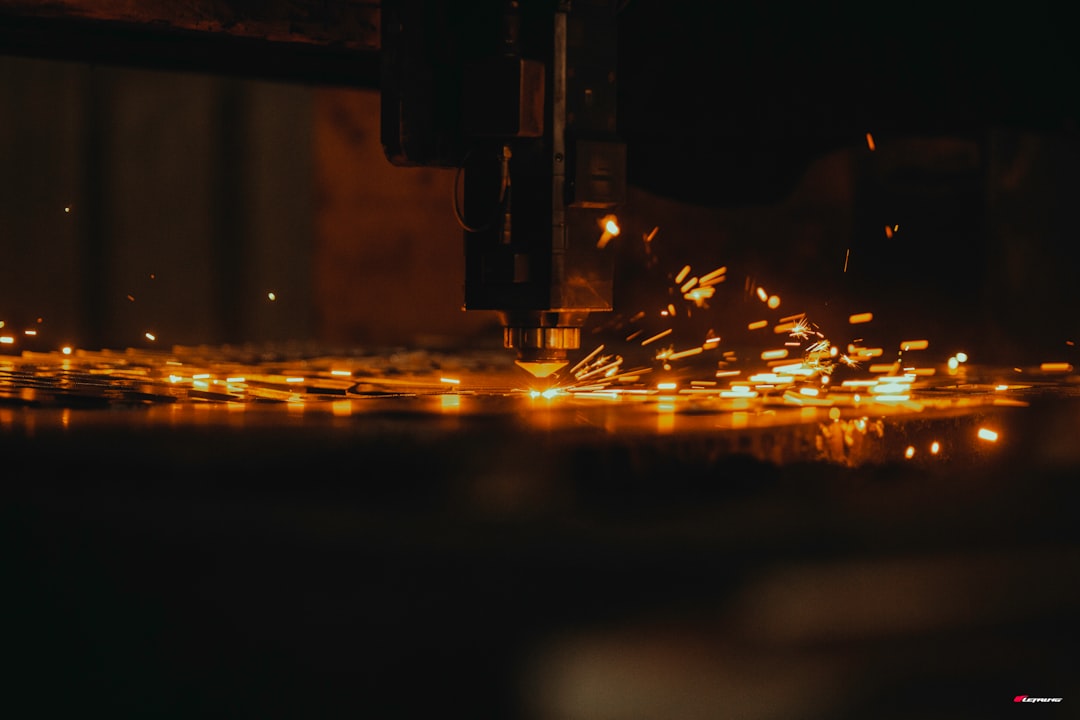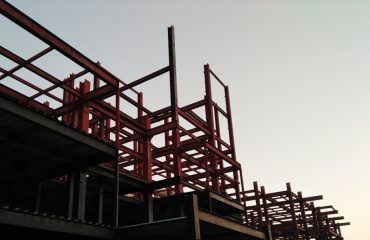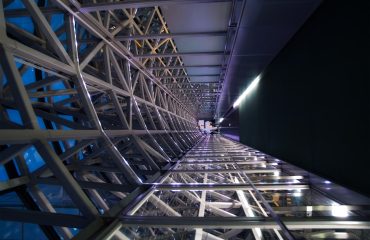The steel industry, a cornerstone of global infrastructure, has historically been a significant contributor to greenhouse gas emissions. However, a green revolution is underway, driven by the urgent need for sustainable practices. This post explores the innovative approaches transforming steel manufacturing into a more environmentally responsible process.
1. Reducing Carbon Emissions in Steel Production: The Core Challenge
The primary environmental concern surrounding steel production is its massive carbon footprint. Traditional blast furnace methods rely heavily on coking coal, a major source of CO2 emissions. The process involves reducing iron ore with coke at extremely high temperatures, releasing substantial amounts of greenhouse gases into the atmosphere. To achieve eco-friendly steel manufacturing, reducing these emissions is paramount. This requires a multi-pronged approach focusing on several key areas, which we will explore in the following sections.
2. Hydrogen-Based Steelmaking: A Promising Solution
One of the most promising advancements in green steel production is the use of hydrogen as a reducing agent instead of coking coal. Hydrogen-based steelmaking, also known as direct reduced iron (DRI) with hydrogen, significantly reduces CO2 emissions. The process involves reacting hydrogen with iron ore at high temperatures to produce iron, with water vapor as the primary byproduct. While water vapor does contribute to greenhouse gases in certain atmospheric conditions, it’s far less impactful than the CO2 released by coal-based methods. The challenge lies in the large-scale production of green hydrogen, which ideally should be generated from renewable energy sources like solar and wind power, ensuring the entire process remains sustainable.
3. Carbon Capture, Utilization, and Storage (CCUS): Mitigating Existing Emissions
While transitioning to hydrogen-based steelmaking is crucial, it’s not a quick fix. In the interim, Carbon Capture, Utilization, and Storage (CCUS) technologies play a vital role in mitigating emissions from existing blast furnaces. CCUS involves capturing CO2 emissions from the steelmaking process, either before or after they enter the atmosphere. Captured CO2 can then be utilized in various industrial processes or stored underground in geological formations, preventing its release into the atmosphere. Although CCUS technology is still developing and faces challenges in terms of cost and scalability, it offers a crucial bridge towards a more sustainable steel industry.
4. Recycling and Circular Economy Approaches: Closing the Steel Loop
Steel is a highly recyclable material, and maximizing its reuse is a key component of eco-friendly manufacturing. Recycling steel requires significantly less energy than producing it from raw materials, drastically reducing the carbon footprint. Implementing robust recycling programs, improving scrap collection infrastructure, and promoting the use of recycled steel in construction and other industries are vital steps. A circular economy approach, focusing on minimizing waste and maximizing resource utilization throughout the steel’s lifecycle, is crucial for long-term sustainability.
5. Sustainable Energy Sources for Steel Mills: Powering the Green Transition
The energy used to power steel mills contributes significantly to their environmental impact. Shifting to renewable energy sources, such as solar, wind, and hydropower, is essential for reducing the overall carbon footprint. Integrating on-site renewable energy generation into steel mills can significantly decrease their reliance on fossil fuels. Furthermore, improving energy efficiency within the steelmaking process itself can further reduce energy consumption and emissions. This involves optimizing processes, investing in advanced technologies, and implementing best practices to minimize energy waste.
The transition to eco-friendly steel manufacturing is a complex undertaking requiring significant investment and collaboration across the industry, governments, and research institutions. However, the potential environmental and economic benefits are substantial. By embracing innovative technologies and sustainable practices, we can pave the way for a greener future, ensuring that steel production plays a constructive role in building a more sustainable world.
SEO Tags:
- Green Steel
- Sustainable Steel Manufacturing
- Hydrogen Steelmaking
- Carbon Capture Steel
- Steel Recycling




